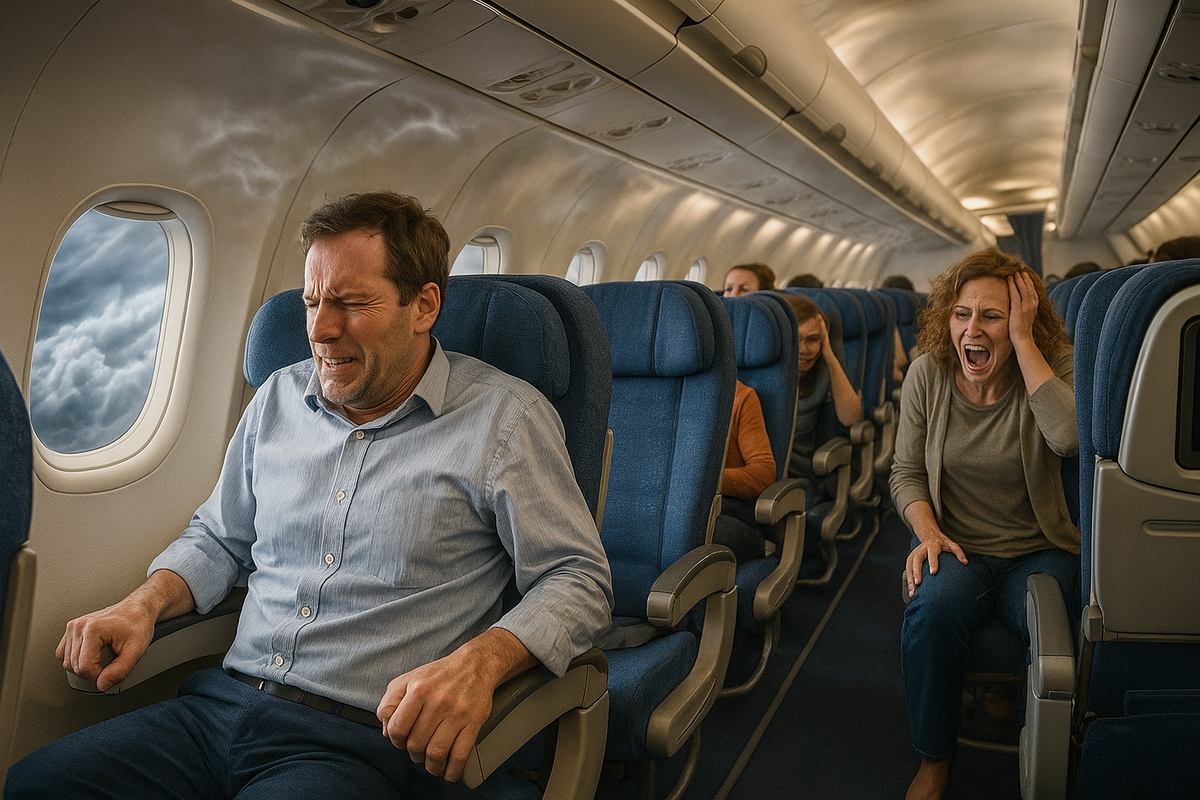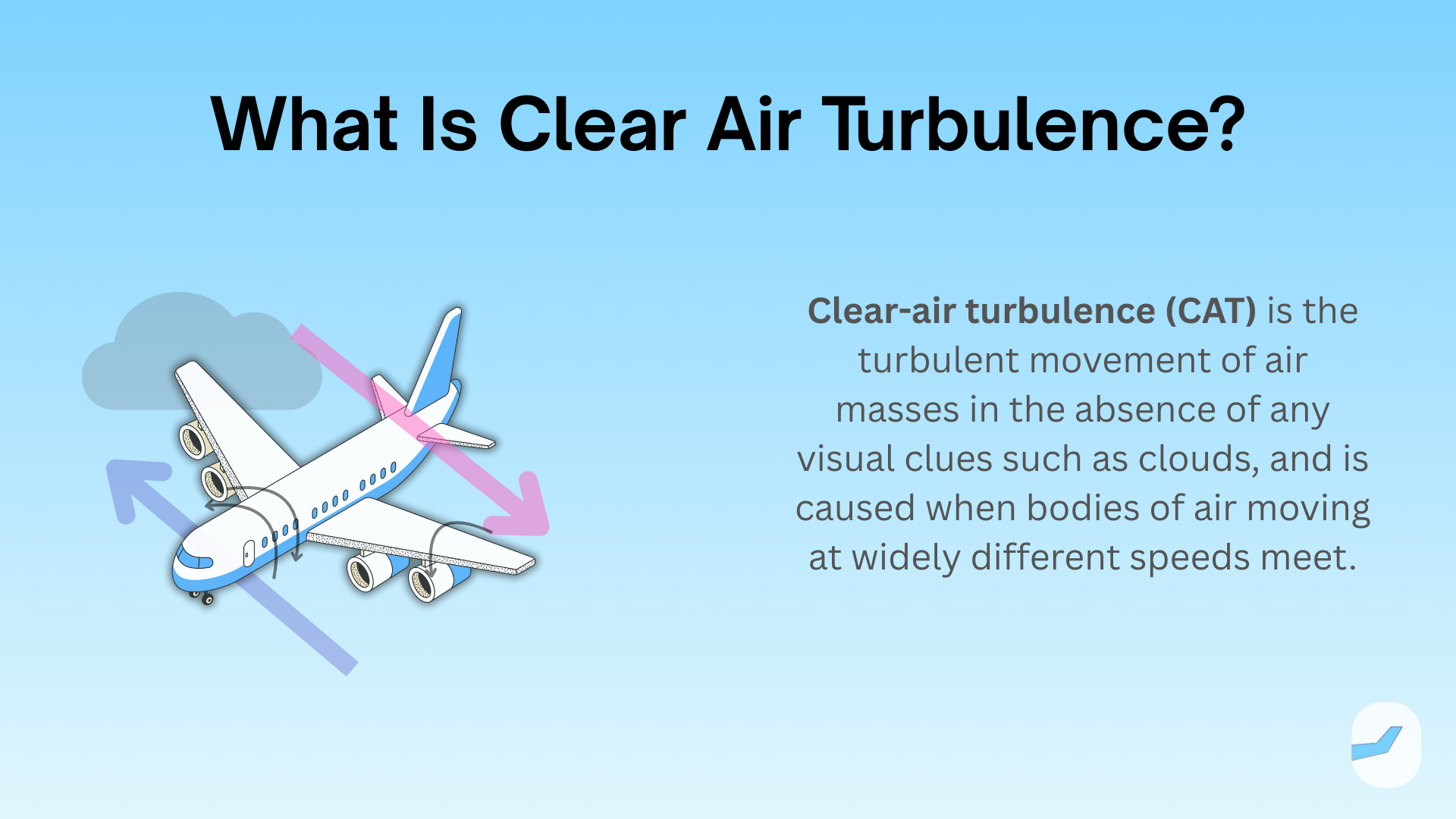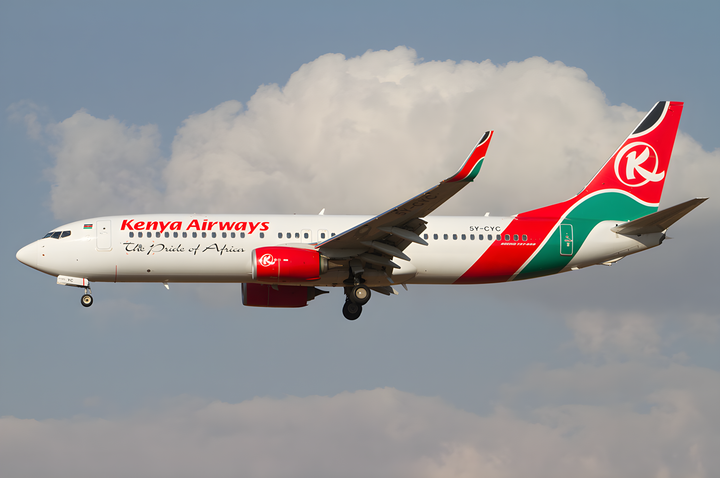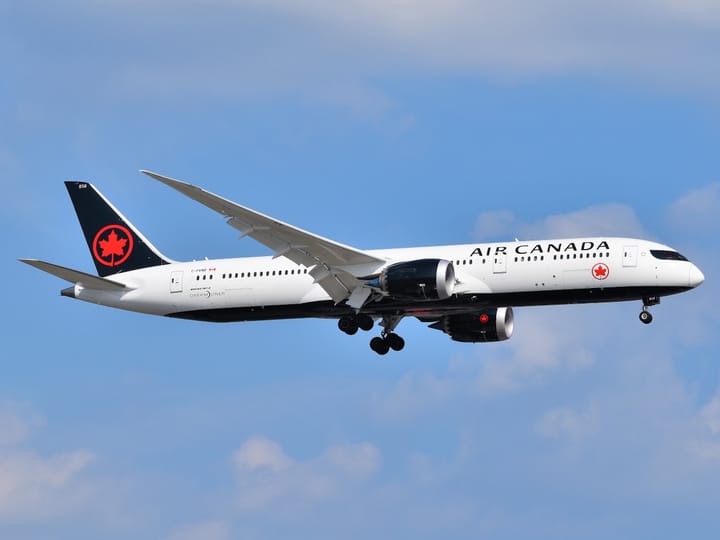Turbulence: Why It’s Now Aviation’s Top In-Flight Threat
Turbulence is no longer just a bumpy ride, it’s a rising safety risk. With incidents like Singapore Airlines severe turbulence scare, airlines now treat it as a top hazard. Clear-air turbulence, is on the rise due to climate change, making seat belts more vital than ever.

Have you ever been on a flight, sipping your coffee, when suddenly the seat belt sign dings, the plane jolts, and your drink is all over your shirt? That uncomfortable bump in the sky is turbulence and it’s no longer seen as just a minor nuisance. In fact, airlines and regulators are starting to treat turbulence as one of the top safety risks in aviation today.
The Singapore Airlines Wake-Up Call
In May last year, a Singapore Airlines flight hit such severe turbulence that it made international headlines. Passengers were thrown from their seats, the cabin was left in chaos, and dozens were injured. The event was shocking enough that Singapore’s aviation authority officially elevated turbulence to a “key operational risk”, on the same level as runway accidents and mid-air collisions.
Think about that for a second. For decades, turbulence was mostly brushed off as “a bumpy ride.” Now, a country with one of the world’s safest airlines is treating it as a front-line hazard. That shift says a lot about how seriously the industry is starting to take this invisible threat.

So, What Exactly Is Turbulence?
At its simplest, turbulence is just irregular, chaotic air movement that causes an aircraft to jolt, dip, or shake. You can think of the sky as a giant ocean of moving air currents. Just as boats get rocked by waves and swells, airplanes are nudged, tossed, or jolted when they hit unstable air.
Most people are familiar with turbulence when flying through storm clouds: those big, towering thunderheads you can see out the window. But here’s the catch: not all turbulence comes with warning signs.
The most dangerous kind is Clear-Air Turbulence (CAT). Have you ever looked out of the window, seen calm blue skies, and felt the plane suddenly lurch? That’s CAT in action. It usually forms near jet streams, those fast-moving rivers of air high in the atmosphere or where winds change direction and speed sharply. Because it’s invisible and can’t be picked up on radar, pilots often only know it’s there after they’ve flown straight into it.
And that’s what makes CAT so tricky. With no clouds, no storms, and no visual cues, it’s like hitting a hidden pothole at highway speed. For passengers walking around, crew members serving meals, or anyone without a seat belt fastened, it can cause serious injuries in seconds.

What Makes Turbulence So Dangerous?
We often picture turbulence as scary shaking, but the real danger lies in when it happens. Most turbulence-related injuries occur when people are moving around the cabin or when crew members are serving meals. A sudden drop or jolt can send people and objects flying, turning coffee pots, food trays, and even laptops into dangerous projectiles.
And it’s not just passengers at risk. Severe turbulence puts stress on the aircraft itself, creating wear and tear that engineers need to check after rough encounters. Add in delays, diversions, and shaken travelers, and you start to see why turbulence is no small problem.
Why It’s Getting Worse?
Here’s the part that might surprise you: turbulence incidents are becoming more frequent and more intense. Scientists link this trend to climate change. As jet streams in the upper atmosphere shift and strengthen, the likelihood of encountering unstable air pockets rises.
So, while air travel is statistically safer than ever in terms of crashes, turbulence is emerging as the threat most likely to cause injuries and operational headaches in the coming years.
Can We Predict It?
If turbulence is invisible, how do pilots deal with it? For now, they rely on a mix of weather reports, pilot observations, and forecast models. Pilots also share reports in real time with other aircraft through systems like IATA’s Turbulence Aware.
But technology is starting to catch up. Researchers are working on advanced sensors like laser-based systems that can detect air density changes ahead of the aircraft. Imagine knowing about turbulence miles in advance instead of seconds before hitting it. That’s the kind of breakthrough airlines are hoping for.
What Passengers Can Do?
Have you ever ignored the seat belt sign or left it loosely fastened? After the Singapore Airlines incident, it’s clear that one of the simplest safety habits: keeping your seat belt snug whenever you’re seated can make all the difference.
Here are a few practical tips:
• Keep your seat belt buckled, even during smooth flight.
• Stow loose items when not in use.
• Follow crew instructions promptly; if they stop service, it’s for your safety.
It may feel inconvenient, but it’s far better than being thrown against the ceiling.
The Bottom Line
Turbulence isn’t new, but the way we think about it is changing. What used to be dismissed as a minor inconvenience is now recognized as a genuine safety risk, serious enough for Singapore Airlines and its regulators to rank it alongside aviation’s biggest threats.
So the next time you’re cruising at 35,000 feet and the seat belt sign turns on, don’t roll your eyes. Have you ever considered that simple strap across your waist might be the best defense against one of the sky’s most unpredictable dangers?





Comments ()